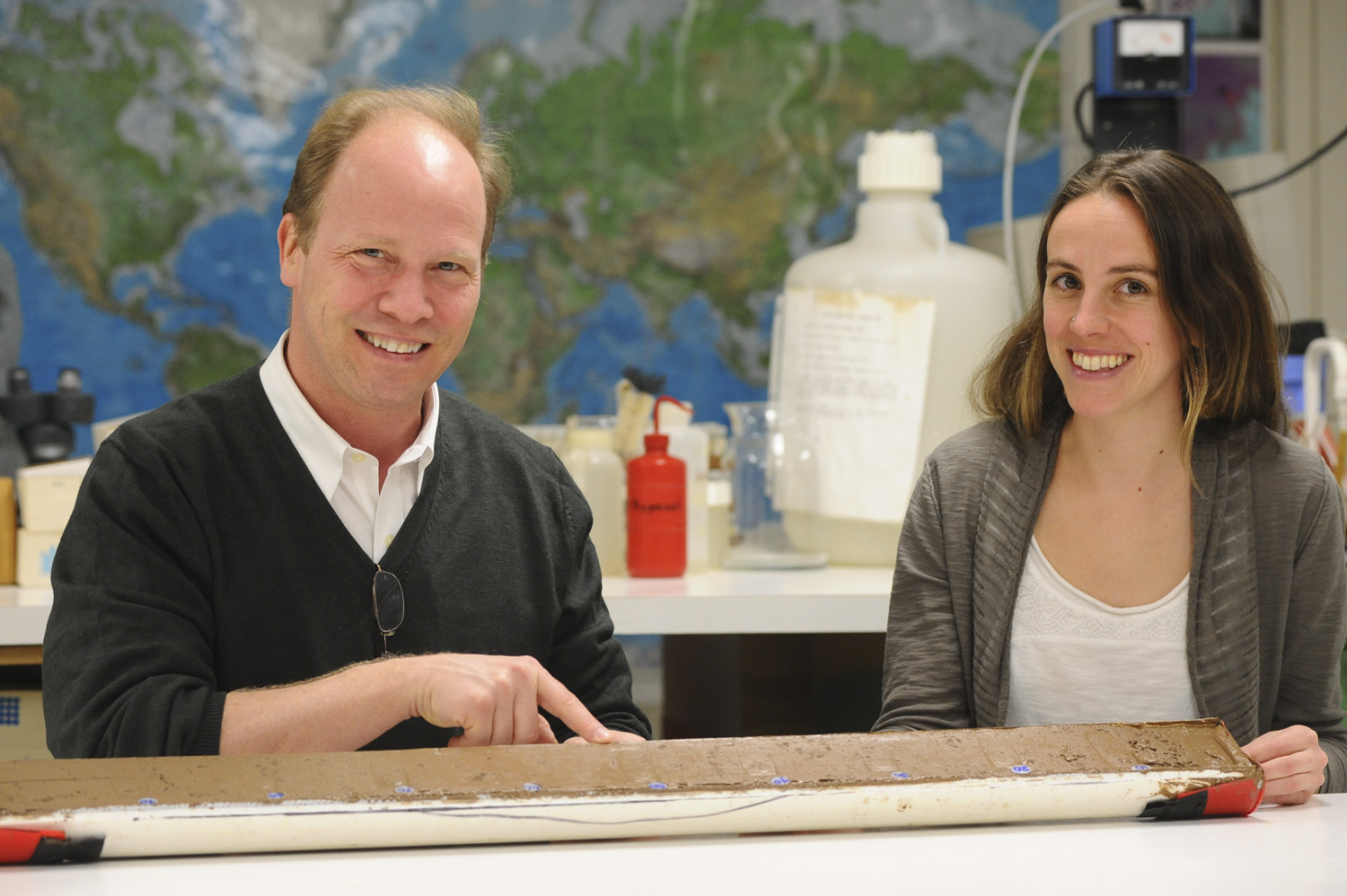climate science30
-

New Predictions of Climate Change’s Impact on Agriculture
Developing countries are more likely to see a drop in agricultural productivity and increased food prices due to climate change, particularly in tropical regions, according to a set of new studies out this week.
-

When the Sahara Turned to Sand
The Sahara wasn’t always a desert. Trees and grasslands dominated the landscape from roughly 10,000 to 5,000 years ago. Then, abruptly, the climate changed. A study by Lamont-Doherty’s Peter deMenocal says it took just a few hundred years to happen.
-
Is Global Heating Hiding Out in the Oceans?
Parts of Pacific Warming 15 Times Faster Than in Past 10,000 Years
-
James Hansen to Lead New Program on Climate Science and Policy
A Focus on Practical Results
-

Q&A: Climate Change, Drought and the Future
“One of the ways that climate change is going to manifest is through warmer temperatures. … What we are seeing, in line with our projections, is that even if you assume constant precipitation, the temperature effects are so large that it is going to dry things out. This is going to have really big impacts…
-

Strange Bedfellows in the Climate Change Saga: Taiga to Tundra
In the nine-hour drive on the great Dalton Highway to Toolik Field Station one starts out in the boreal forest, which is also called the “taiga,” but the forest eventually disappears. More accurately, trees disappear. Leaving Fairbanks, one drives through beautiful stands of spruce, birch, and aspen trees, but as one gets closer and closer…
-

Strange Bedfellows in the Climate Change Saga: The Quest for the Arctic Wolf
When you travel northbound on Alaska’s famous Dalton Highway heading toward the Arctic Sea, the northern edge of the world, you carry a radio to communicate with the enormous rigs that roar along the road, the giant trucks made famous by the History Channel’s Ice Road Truckers. Radio messages between truckers and non-truckers are simple…
-

400 ppm World, Part 2: Rising Seas Come with Rising CO2
Every indication is that thermal expansion will not dominate rates of sea-level rise in the future. As Earth’s climate marches toward equilibration with present-day CO2 levels, the climate will continue to warm. And this warming threatens the stability of a potentially much, much larger source for sea-level rise — the world’s remaining ice sheets.

AGU25, the premier Earth and space science conference, takes place December 15-19, 2025 in New Orleans, Louisiana. This year’s theme—Where Science Connects Us—puts in focus how science depends on connection, from the lab to the field to the ballot box. Once again, Lamont-Doherty Earth Observatory and Columbia Climate School scientists, experts, students, and educators are playing an active role, sharing our research and helping shape the future of our planet. #AGU25 Learn More

